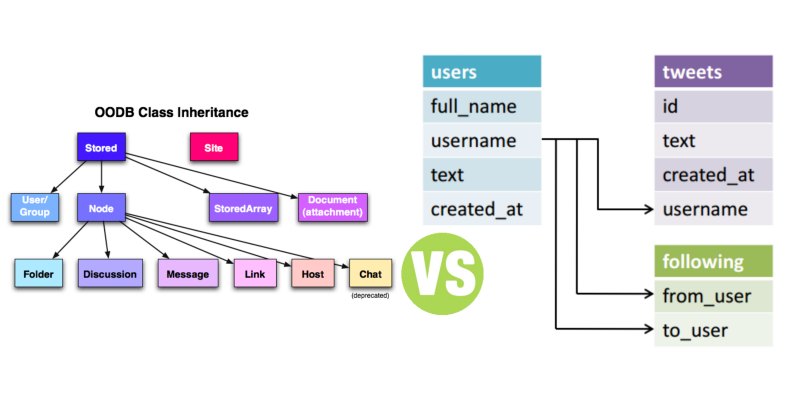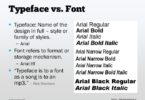Relational Database vs Object Oriented Database
Summary: Difference Between Relational Database and Object Oriented Database is that relational database is a database that stores data in tables that consist of rows and columns. Each row has a primary key and each column has a unique name. A file processing environment uses the terms file, record, and field to represent data. While an object-oriented database (OODB) stores data in objects. An object is an item that contains data, as well as the actions that read or process the data. A Student object, for example, might contain data about a student such as Student ID, First Name, Last Name, Address, and so on.

Relational Database
A relational database is a database that stores data in tables that consist of rows and columns. Each row has a primary key and each column has a unique name. A file processing environment uses the terms file, record, and field to represent data. A relational database uses terms different from a file processing system. A developer of a relational database refers to a file as a relation, a record as a tuple, and a field as an attribute. A user of a relational database, by contrast, refers to a file as a table, a record as a row, and a field as a column.
In addition to storing data, a relational database also stores data relationships. A relationship is a link within the data. In a relational database, you can set up a relationship between tables at any time. The tables must have a common column (field). In a relational database, the only data redundancy (duplication) exists in the common columns (fields). The database uses these common columns for relationships. Many organizations use relational databases for payroll, accounts receivable, accounts payable, general ledger, inventory, order entry, invoicing, and other business-related functions.
OODB
An object-oriented database (OODB) stores data in objects. An object is an item that contains data, as well as the actions that read or process the data. A Student object, for example, might contain data about a student such as Student ID, First Name, Last Name, Address, and so on. It also could contain instructions about how to print a student transcript or the formula required to calculate a student’s grade point average.
Object-oriented databases have several advantages compared with relational databases: they can store more types of data, access this data faster, and allow programmers to reuse objects. An object-oriented database stores unstructured data more efficiently than a relational database. Unstructured data includes photos, video clips, audio clips, and documents. When users query an object-oriented database, the results often are displayed more quickly than the same query of a relational database. If an object already exists, programmers can reuse it instead of recreating a new object — saving on program development time.
Also Read:
Difference Between Relational Database and Data Warehouse
Difference Between Multidimensional and Relational Database
Difference Between SQL Database and SQL Server







Leave a Comment
You must be logged in to post a comment.